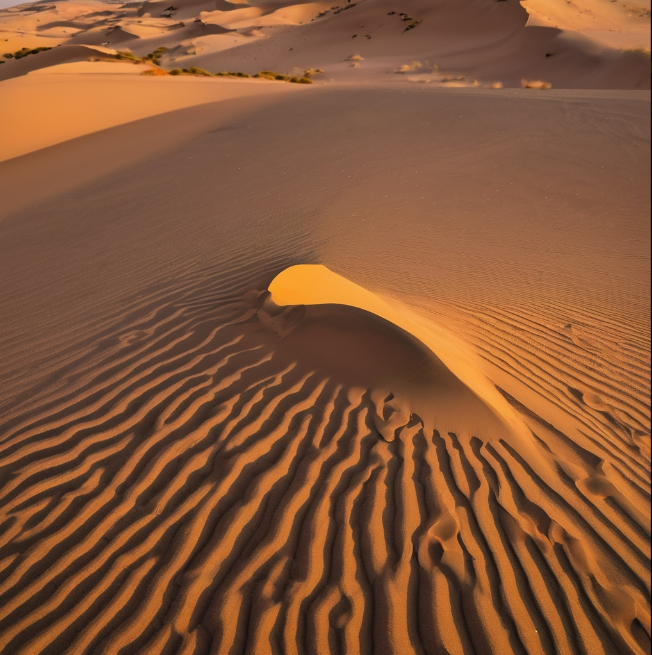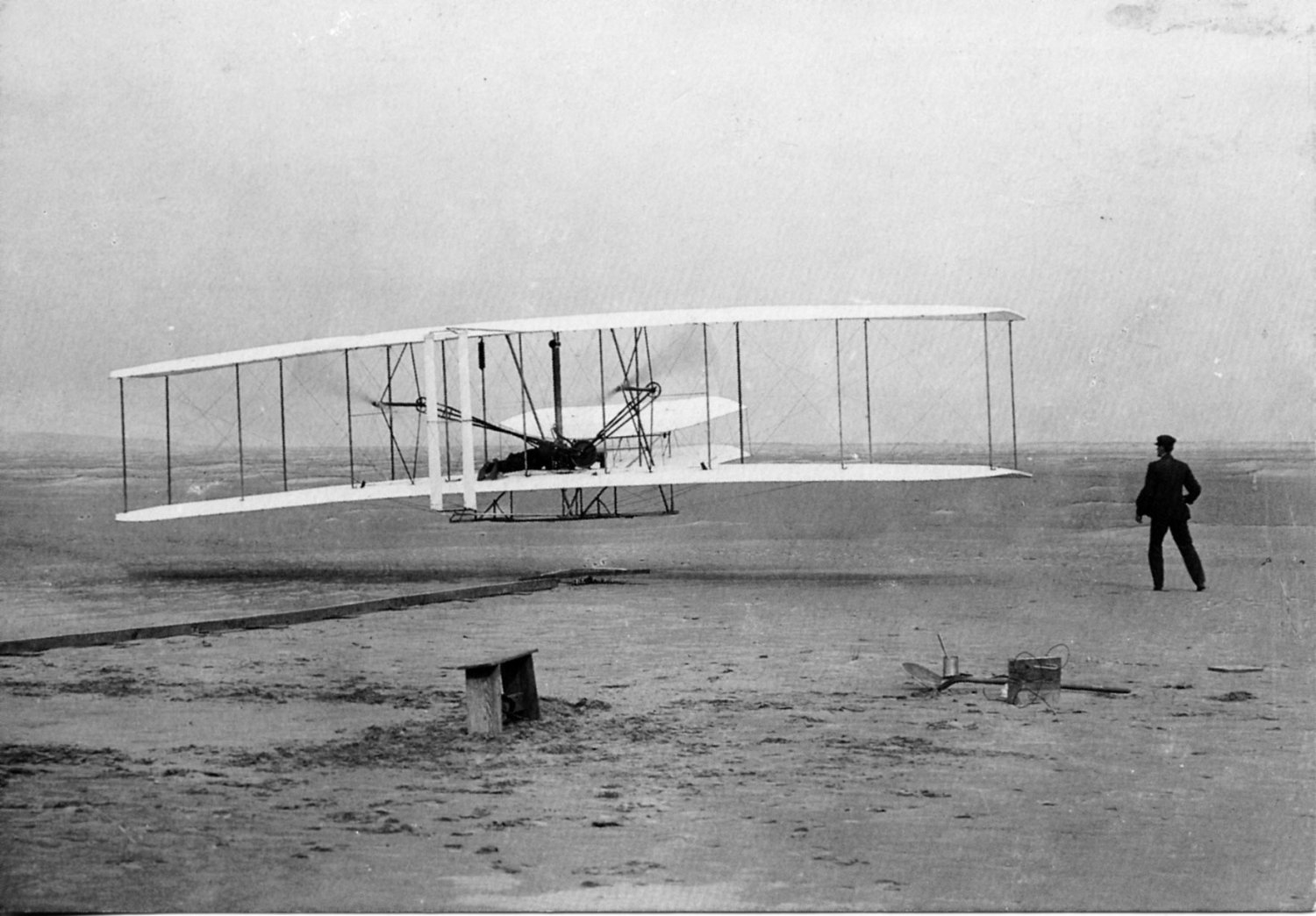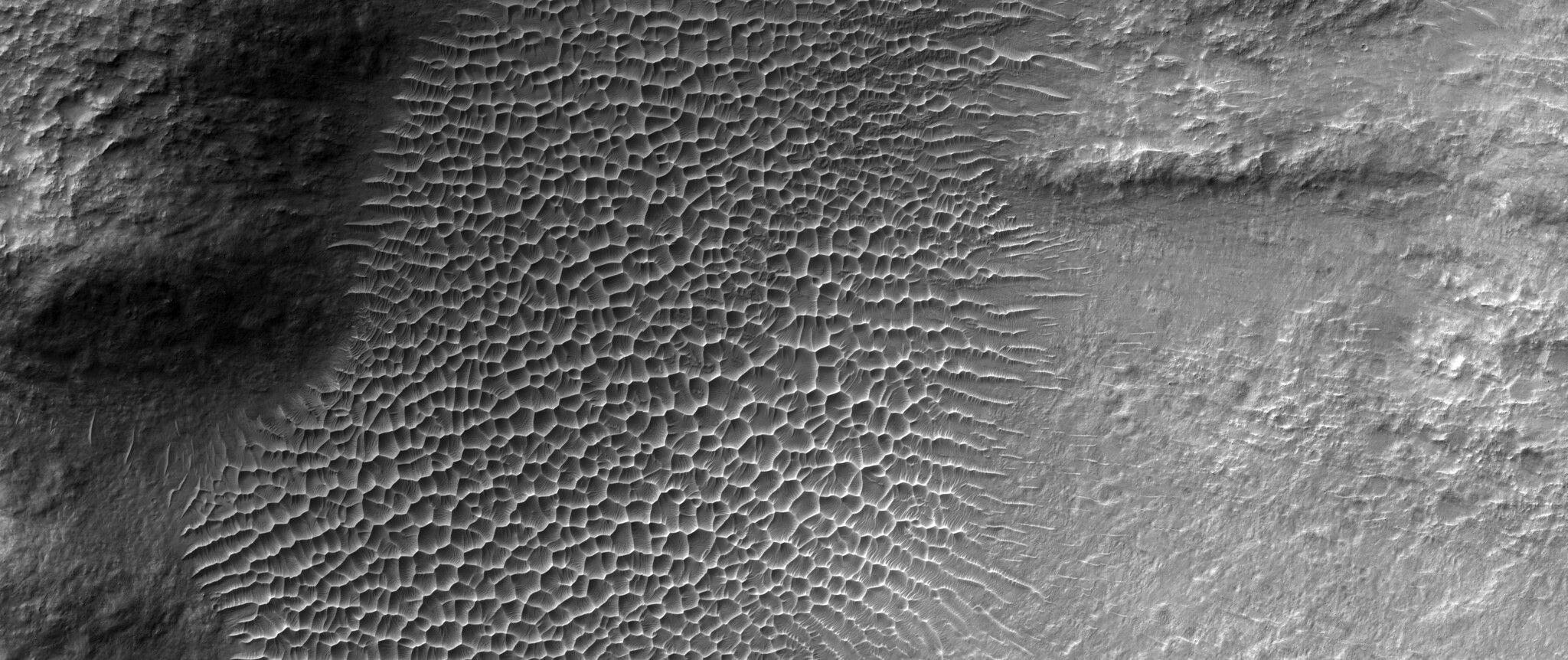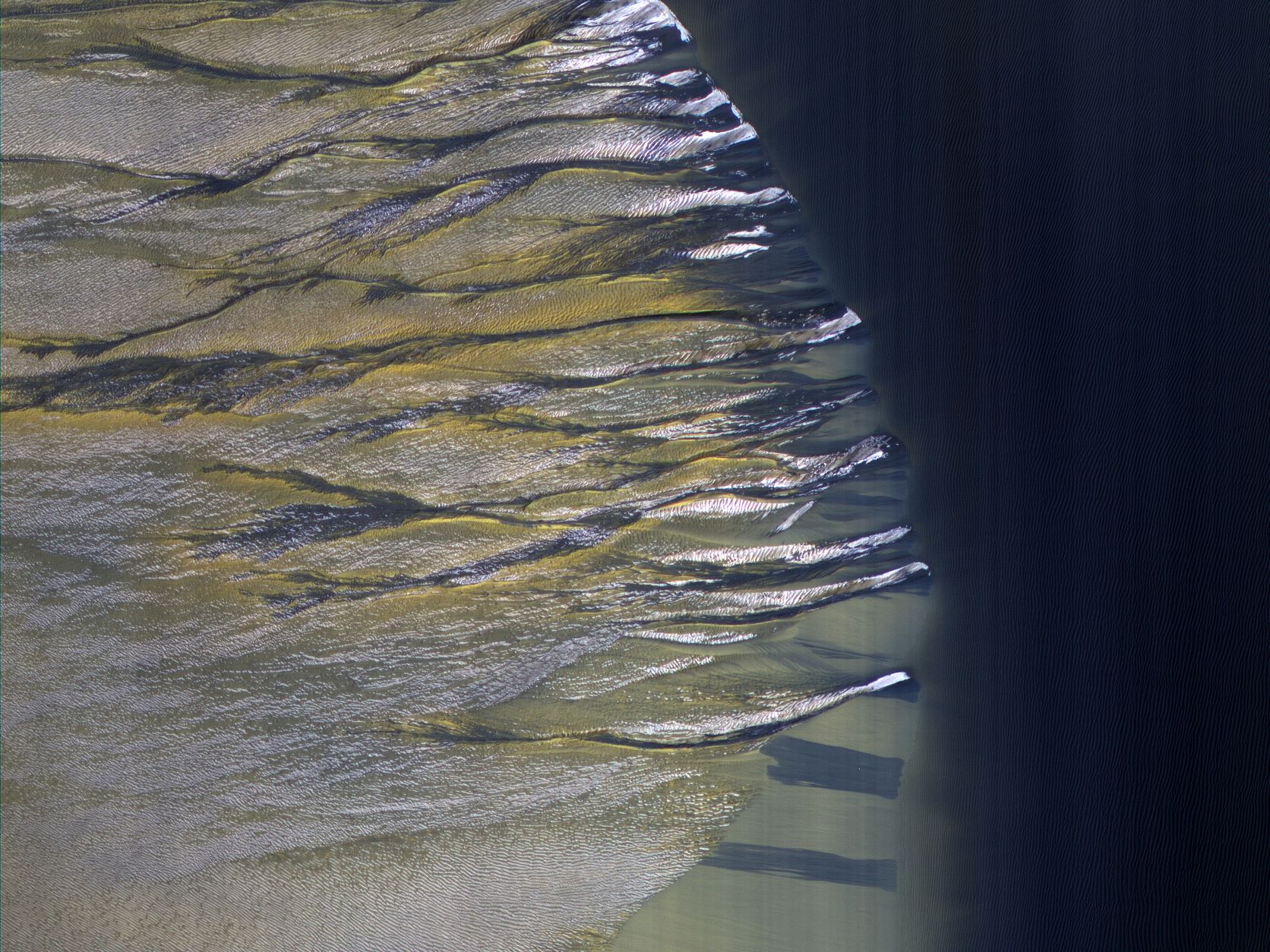Star dunes, with their striking resemblance to stars when seen from above, are indeed remarkable natural formations. Let’s delve into their fascinating details:
What Are Star Dunes?
Star dunes are massive sand dunes characterized by arms radiating from a central peak. Their pyramidal shape gives them the appearance of celestial stars when viewed from an aerial perspective.
These dunes are found in various modern deserts across the globe, including sand seas in Africa, Arabia, China, and North America.
Tallest Sand Dunes on Earth:
Believed to be the tallest dunes on Earth, one such star dune stands tall in the Badain Jaran Desert in China, reaching an impressive height of 300 meters.
These towering dunes are a testament to the dynamic forces shaping our planet’s landscapes.
A Mysterious Absence in Geological History:
Despite their prominence today, star dunes have rarely been found in the geological record.
Scientists have puzzled over their absence, considering that past deserts are preserved in rocks deep underground.
Ancient Origins Revealed:
A recent study by Aberystwyth University, Birkbeck, and UCL has shed light on the mystery.
The researchers dated the foundations of a star dune called Lala Lallia in the southeast of Morocco to approximately 13,000 years old.
Lala Lallia, meaning “highest sacred point” in the Berber language, sits in the Erg Chebbi area of the Sahara Desert near the border with Algeria.
Surprisingly, this enormous dune formed rapidly in the last thousand years, challenging the assumption that larger dunes were much older.
Rapid Growth and Movement:
Lala Lallia’s sand pyramid has reached its current dimensions—100 meters in height and 700 meters in width—due to rapid growth over the past millennium.
Remarkably, it continues to shift westward at a rate of about 50 centimeters per year.
These fantastic star dunes are truly one of the natural wonders of the world.
Beyond Earth:
Star dunes aren’t limited to our planet. They also exist elsewhere in the solar system:
Mars: Martian dunes exhibit similar features, including star-shaped formations.
Saturn’s Moon Titan: Titan’s landscape boasts these intriguing dunes
What Are Star Dunes?
Star dunes are massive sand dunes characterized by arms radiating from a central peak. Their pyramidal shape gives them the appearance of celestial stars when viewed from an aerial perspective.
These dunes are found in various modern deserts across the globe, including sand seas in Africa, Arabia, China, and North America.
Tallest Sand Dunes on Earth:
Believed to be the tallest dunes on Earth, one such star dune stands tall in the Badain Jaran Desert in China, reaching an impressive height of 300 meters.
These towering dunes are a testament to the dynamic forces shaping our planet’s landscapes.
A Mysterious Absence in Geological History:
Despite their prominence today, star dunes have rarely been found in the geological record.
Scientists have puzzled over their absence, considering that past deserts are preserved in rocks deep underground.
Ancient Origins Revealed:
A recent study by Aberystwyth University, Birkbeck, and UCL has shed light on the mystery.
The researchers dated the foundations of a star dune called Lala Lallia in the southeast of Morocco to approximately 13,000 years old.
Lala Lallia, meaning “highest sacred point” in the Berber language, sits in the Erg Chebbi area of the Sahara Desert near the border with Algeria.
Surprisingly, this enormous dune formed rapidly in the last thousand years, challenging the assumption that larger dunes were much older.
Rapid Growth and Movement:
Lala Lallia’s sand pyramid has reached its current dimensions—100 meters in height and 700 meters in width—due to rapid growth over the past millennium.
Remarkably, it continues to shift westward at a rate of about 50 centimeters per year.
These fantastic star dunes are truly one of the natural wonders of the world.
Beyond Earth:
Star dunes aren’t limited to our planet. They also exist elsewhere in the solar system:
Mars: Martian dunes exhibit similar features, including star-shaped formations.
Saturn’s Moon Titan: Titan’s landscape boasts these intriguing dunes
Star dunes, with their striking resemblance to stars when seen from above, are indeed remarkable natural formations. Let’s delve into their fascinating details:
What Are Star Dunes?
Star dunes are massive sand dunes characterized by arms radiating from a central peak. Their pyramidal shape gives them the appearance of celestial stars when viewed from an aerial perspective.
These dunes are found in various modern deserts across the globe, including sand seas in Africa, Arabia, China, and North America.
Tallest Sand Dunes on Earth:
Believed to be the tallest dunes on Earth, one such star dune stands tall in the Badain Jaran Desert in China, reaching an impressive height of 300 meters.
These towering dunes are a testament to the dynamic forces shaping our planet’s landscapes.
A Mysterious Absence in Geological History:
Despite their prominence today, star dunes have rarely been found in the geological record.
Scientists have puzzled over their absence, considering that past deserts are preserved in rocks deep underground.
Ancient Origins Revealed:
A recent study by Aberystwyth University, Birkbeck, and UCL has shed light on the mystery.
The researchers dated the foundations of a star dune called Lala Lallia in the southeast of Morocco to approximately 13,000 years old.
Lala Lallia, meaning “highest sacred point” in the Berber language, sits in the Erg Chebbi area of the Sahara Desert near the border with Algeria.
Surprisingly, this enormous dune formed rapidly in the last thousand years, challenging the assumption that larger dunes were much older.
Rapid Growth and Movement:
Lala Lallia’s sand pyramid has reached its current dimensions—100 meters in height and 700 meters in width—due to rapid growth over the past millennium.
Remarkably, it continues to shift westward at a rate of about 50 centimeters per year.
These fantastic star dunes are truly one of the natural wonders of the world.
Beyond Earth:
Star dunes aren’t limited to our planet. They also exist elsewhere in the solar system:
Mars: Martian dunes exhibit similar features, including star-shaped formations.
Saturn’s Moon Titan: Titan’s landscape boasts these intriguing dunes🌟🌍🪐











